The Low speed vehicle Market is currently characterized by a dynamic competitive landscape, driven by increasing demand for eco-friendly transportation solutions and the growing popularity of electric vehicles. Key players such as Polaris Industries (US), Club Car (US), and E-Z-GO (US) are strategically positioning themselves through innovation and regional expansion. Polaris Industries (US) has focused on enhancing its electric vehicle offerings, while Club Car (US) emphasizes partnerships with golf courses and resorts to expand its market reach. E-Z-GO (US) is leveraging its strong brand presence to introduce new models that cater to both recreational and commercial applications, collectively shaping a competitive environment that prioritizes sustainability and technological advancement.
In terms of business tactics, companies are increasingly localizing manufacturing to reduce costs and optimize supply chains. The market appears moderately fragmented, with several players vying for market share. However, the collective influence of major companies is significant, as they drive trends in product development and customer engagement. This competitive structure allows for a diverse range of offerings, catering to various consumer needs and preferences.
In November 2025, Polaris Industries (US) announced the launch of its new electric utility vehicle line, aimed at enhancing operational efficiency for commercial users. This strategic move is likely to bolster its market position by addressing the growing demand for sustainable solutions in various industries. The introduction of this product line not only reflects Polaris's commitment to innovation but also aligns with broader market trends towards electrification.
In October 2025, Club Car (US) entered into a partnership with a leading golf course management company to provide customized electric vehicles for their operations. This collaboration is strategically important as it allows Club Car to tap into a niche market while reinforcing its brand presence in the golf industry. Such partnerships may enhance customer loyalty and drive sales through tailored solutions that meet specific operational needs.
In September 2025, E-Z-GO (US) unveiled a new line of solar-powered golf carts, marking a significant step towards sustainability. This initiative not only positions E-Z-GO as a leader in eco-friendly transportation but also responds to increasing consumer demand for green alternatives. The integration of solar technology into their product offerings could potentially set a new standard in the industry, influencing competitors to follow suit.
As of December 2025, current competitive trends in the LSV Market are heavily influenced by digitalization, sustainability, and the integration of AI technologies. Strategic alliances are increasingly shaping the landscape, enabling companies to pool resources and expertise to enhance product offerings. Looking ahead, competitive differentiation is likely to evolve from traditional price-based competition to a focus on innovation, technology, and supply chain reliability. This shift underscores the importance of adaptability and forward-thinking strategies in maintaining a competitive edge.
In November 2025, Phoenix Motor showcased its MEV2/LSV electric delivery vehicle at the GenAI Summit 2025, highlighting its suitability for last-mile operations. The compact electric model is designed for low-speed urban logistics with zero emissions. The unveiling emphasizes Phoenix Motor’s focus on intelligent and affordable EV solutions.
In October 2025, WAEV launched a new family of low-speed commercial vehicles, designed for logistics, hospitality, and utility applications. The lineup focuses on affordability, durability, and zero-emission operations. It strengthens WAEV’s position in the growing LSV commercial market.
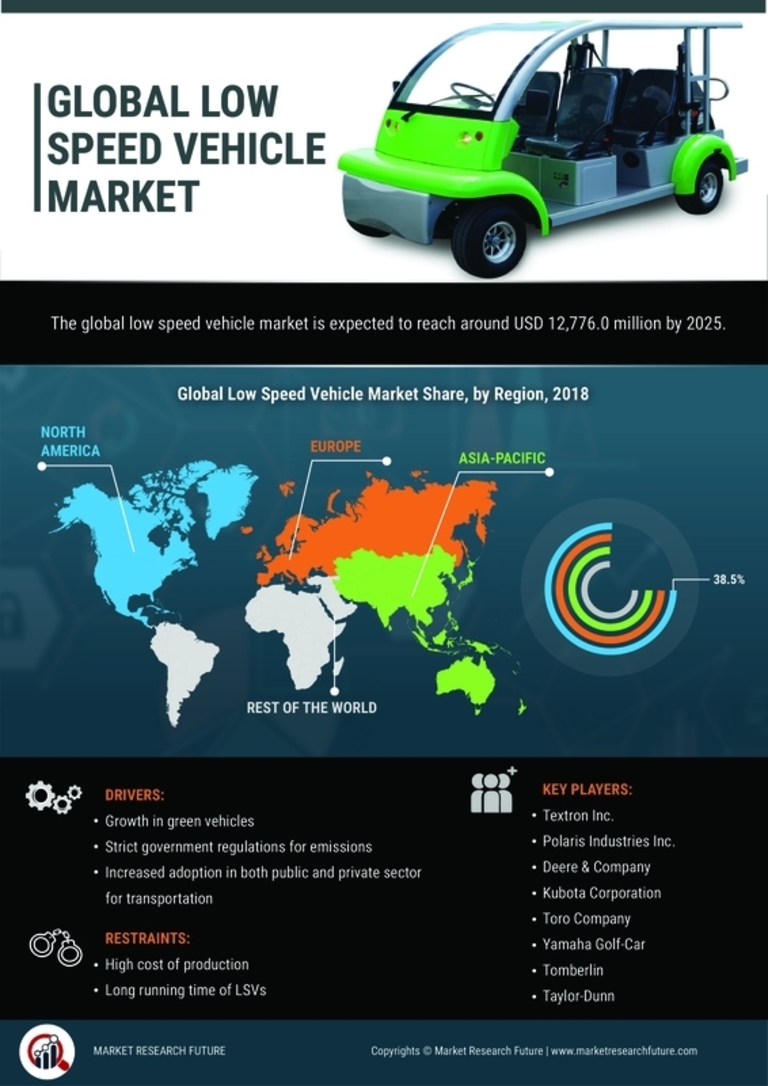

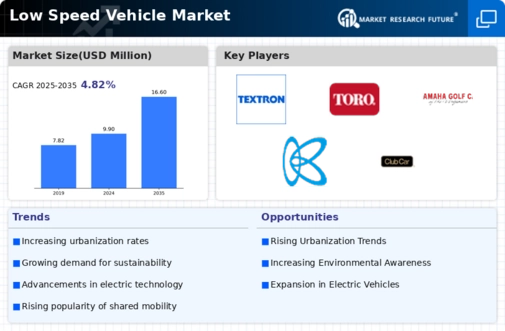
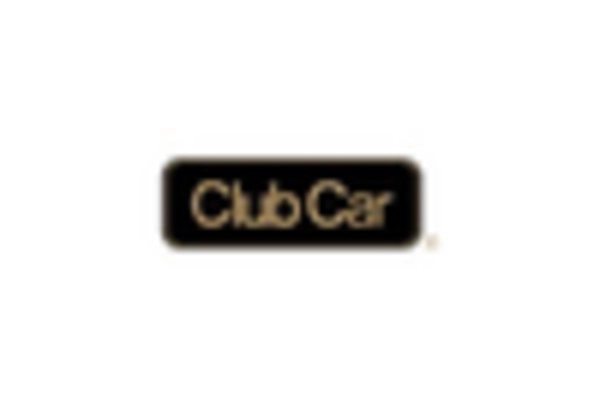
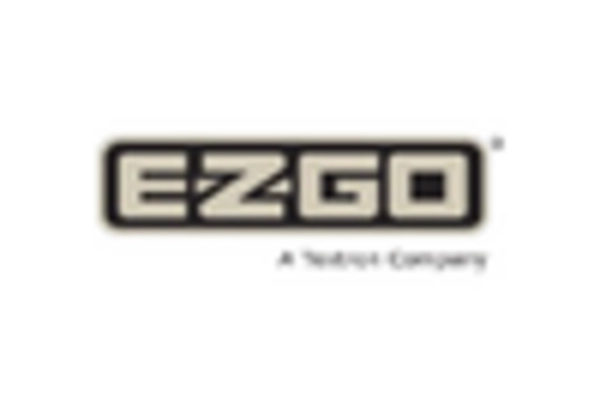


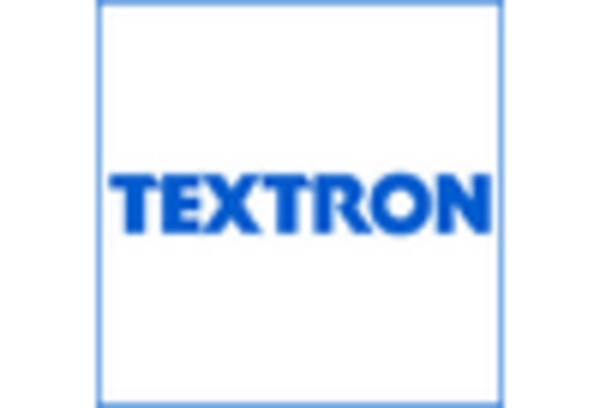
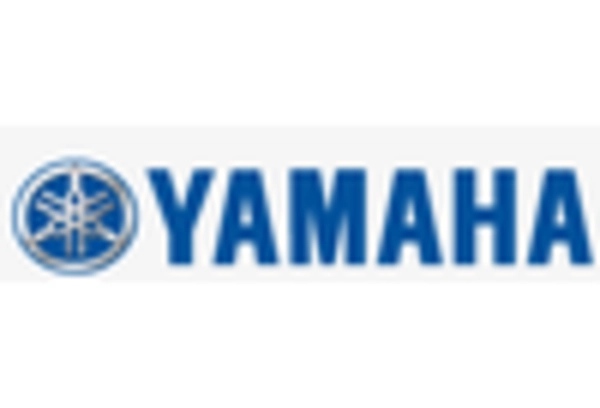








Leave a Comment